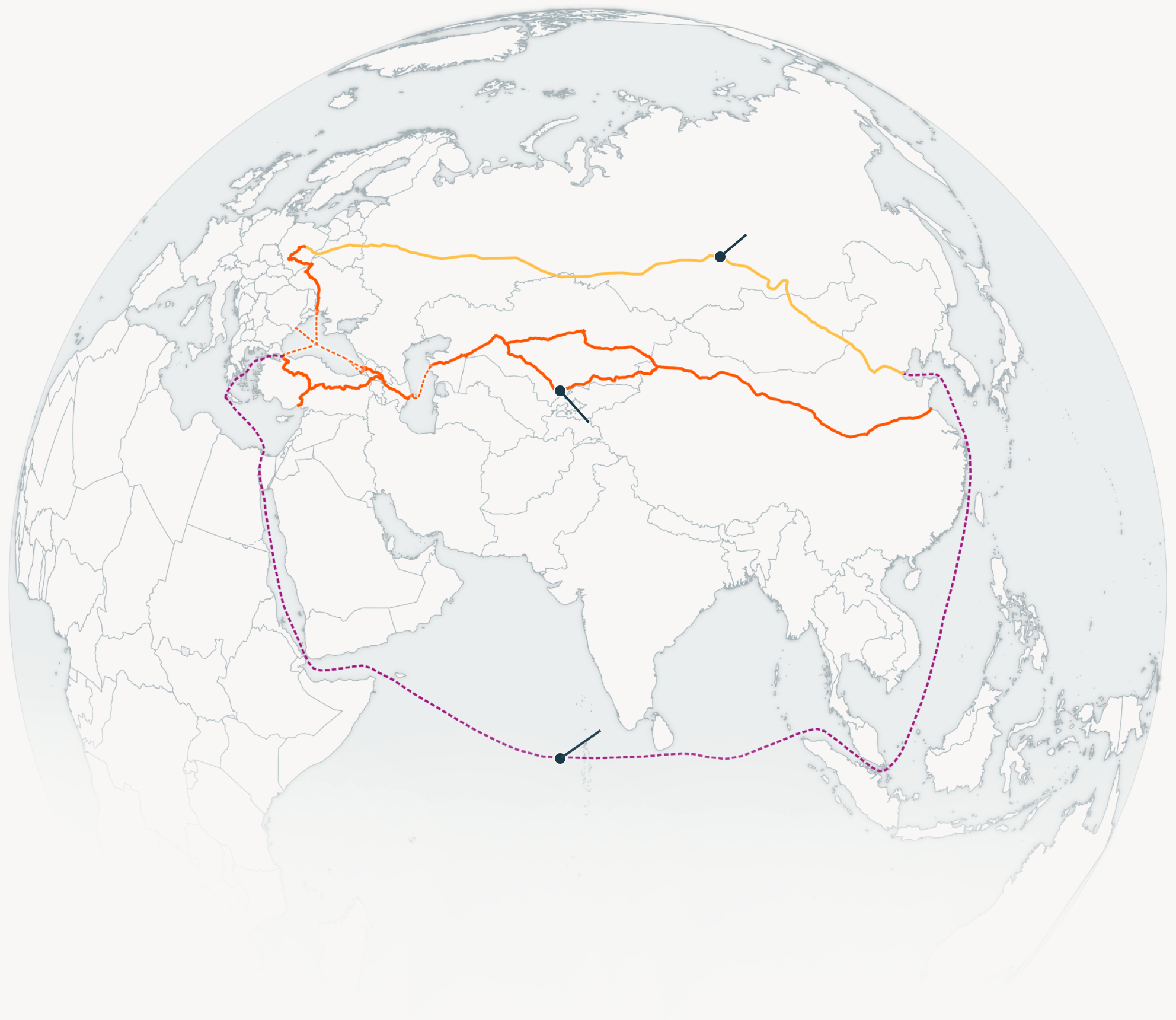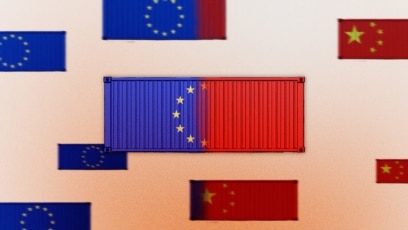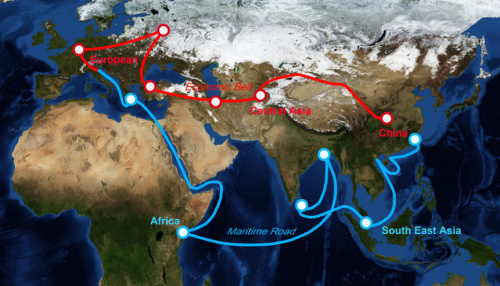China is seen as one of Russia's major backers in the wake of the 2022 invasion, although Beijing presents itself as a neutral party.
Meanwhile, in Europe, EU foreign and defense ministers have shunned Hungary as a meeting location in protest of Prime Minister Viktor Orban's recent trip to Moscow.
A key EU meeting will instead be held in Brussels.
Here are the latest developments from Russia's war in Ukraine from July 23, 2024:
Kuleba urges avoiding 'competition between peace plans'
"We must avoid competition between peace plans. It is very important that Kyiv and Beijing conduct direct dialogue," he said in a statement on Instagram.
Ukraine is pushing to hold a second international summit later this year to advance its vision for peace after an initial gathering in Switzerland in June drew dozens of delegations from around the world but not from Russia or China.
China and Brazil published a joint six-point peace proposal in May, saying they supported the holding of an international peace conference recognized by both sides in the war.
Ukraine has said it wants the second summit to be hosted by a country from the "Global South" and that Russia could attend. Kyiv has also said it would like to see China play a more active role in ending the war.
EU moves meeting from Budapest to Brussels over Ukraine stance
"We have to send a signal, even if it is a symbolic signal," EU foreign affairs chief Josep Borrell said late on Monday.
Borrell said that all EU member states "overwhelmingly" criticized Orban. Only Slovakia backed Hungary's position.
How The Ukraine War Could Revamp Trade In Eurasia
The Middle Corridor -- a 6,500-kilometer trade route connecting China to Europe through Central Asia and the Caucasus -- has expanded since Russia’s invasion of Ukraine
This lesson was learned in the heart of Eurasia in February 2022 when Russia’s invasion of Ukraine threw global supply chains into upheaval and opened up new geopolitical battlegrounds.
Enter the Middle Corridor, aka the Trans-Caspian International Transport Route.

OCEAN ROUTE
MIDDLE CORRIDOR
NORTHERN CORRIDOR
As a result, Russian trains became the main mode of transport for China-EU overland trade.
But Russia’s invasion changed that, as cargo companies had to navigate sanctions and find new trade routes linking Europe and China that bypassed Russia.
“Transit between Europe and Asia is becoming more complicated and more expensive by the day,” Romana Vlahutin, a German Marshall Fund fellow and former EU ambassador-at-large for connectivity, told RFE/RL.
Thus the Ukraine war breathed new life into the Middle Corridor after it had been avoided for years due to rising costs, border issues, and a lack of quality infrastructure.
“The Middle Corridor would be the shortest multimodal corridor, and there is a genuine interest from the Central Asian states to have more robust and much closer links with the EU,” said Vlahutin.
Enticed by the mega-route’s potential, cargo traveling along the Middle Corridor skyrocketed from 350,000 tons in 2020 to 3.2 million tons in 2022. According to a World Bank study released in late 2023, trade volume on the Middle Corridor could triple by 2030, reaching 11 million tons.
But the Middle Corridor’s limitations -- ranging from a lack of infrastructure to soaring wait times in ports and at border crossings -- still need to be overcome.
“Much will depend on how China perceives the Middle Corridor,” Emil Avdaliani, international relations professor at the European University in Tbilisi, told RFE/RL. “Without Chinese cargo, there will be little incentive to expand the route.”
The EU has also moved to further develop infrastructure in Central Asia and the Caucasus; other countries have sensed opportunity, with billions of euros in new investments.
Georgia, Azerbaijan, Turkey, and Kazakhstan agreed to set up a body that would accelerate development, and they are working to improve coordination and lower trade barriers.
.jfif)











No comments:
Post a Comment